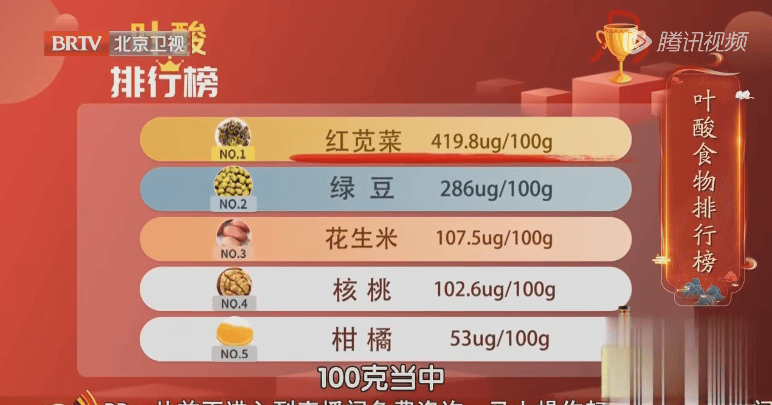In hot summer weather, people are prone to yawning continuously, feeling weak, and having reduced appetite…
This condition is actually known as “summer fatigue syndrome,” reminding our bodies to add some folate-rich vegetables to enhance immunity and stay energetic throughout the summer.
Today, let’s introduce the “folate king” in the vegetable world – amaranth!
Image source: Beijing TV official WeChat account “I am a great doctor”
Benefits of regularly consuming amaranth:
1
Boosts brain function
Amaranth was a must-eat vegetable for ancient scholars before exams, earning the nickname “top scorer red” due to its red juice. Every 100 grams of amaranth contains 419.8 micrograms of folate, which is 46 times more than cucumbers and surpasses many other vegetables by far.
2
Weight loss
According to traditional Chinese medicine, amaranth, with its sweet and cold properties, influences the liver, large intestine, and bladder meridians, promoting diuresis, eliminating dampness, and facilitating bowel movements. Therefore, amaranth takes the spotlight on the weight-loss dining table, aiding in weight reduction, detoxification, and preventing constipation.
3
Clears heat and detoxifies
According to traditional Chinese medicine, amaranth has heat-clearing and detoxifying effects, benefiting conditions like dysentery, constipation, damp heat syndrome, skin ulcers, itching, redness and swelling of the eyes and throat.
4
Rich in calcium
Amaranth contains easily absorbable calcium, and its protein content is better absorbed by the body than milk.
5
Improves overall health
Amaranth has a higher beta-carotene content than tomatoes, providing abundant nutrients beneficial for health, strengthening the body, enhancing immunity, hence earning the title of “longevity vegetable.”
6
Promotes blood production
Rich in iron, calcium, and vitamin K, amaranth can promote blood clotting, increase hemoglobin levels, enhance oxygen-carrying capacity, and promote blood production functions.
Important note:
Amaranth contains relatively high oxalic acid. To avoid kidney stones, remember to blanch it before cooking! Blanching helps remove most of the oxalic acid – simply blanch in boiling water for around 60 seconds before consumption.
There are various ways to prepare amaranth, such as steaming or stir-frying. If you’re tired of the usual stir-fried amaranth with garlic or soup-based amaranth, try the recipe below:
#Amaranth and mung bean sprout “candle” parcels
【Ingredients】150g amaranth, 100g mung bean sprouts, flour, salt, pepper, cooking oil.
【Instructions】1. After blanching the amaranth, drain some of the water and boil the rest to get a red broth. 2. When the red broth is slightly cooled, mix it with flour to form a dough. Allow it to rise, then form large dough pieces and roll them out. 3. Heat cooking oil in a pan, sauté garlic slices, then stir-fry the amaranth and mung bean sprouts until cooked. 4. Wrap the filling in the rolled dough to make parcels, and pan-fry until golden. They are ready to eat.
Even the best foods should not be overconsumed. Specifically with amaranth, the following three groups of people should avoid it:
1. Due to its blood thinning properties, lactating women should consume it sparingly or avoid it altogether to prevent excessive bleeding during childbirth.
2. Individuals with weak spleen and stomach functions should avoid it, as it may dissipate stomach energy.
3. Avoid combining amaranth with soft-shell turtles in meals.


